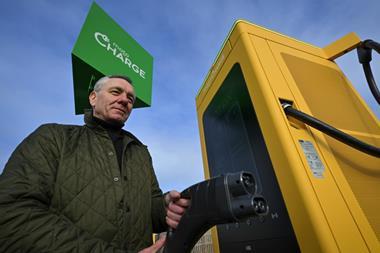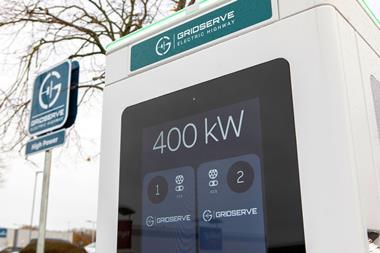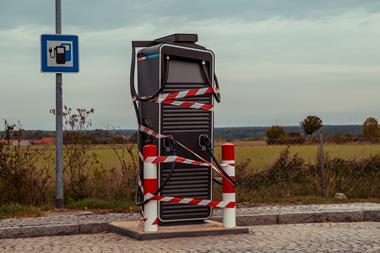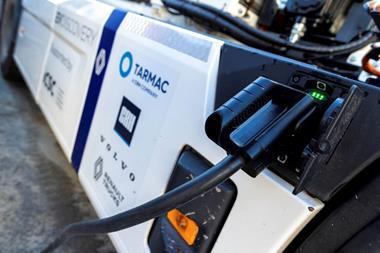BP is predicting that demand for oil will continue to rise over the next 20 years as growth of conventional vehicles far outstrips the increase in the number of electric vehicles.
The number of electric vehicles (EVs) globally is forecast to rise from 1.2 million in 2015 to 100 million by 2035, according to the 2017 edition of the BP Energy Outlook.
But it forecasts that the global car fleet will double in size over the same period from 0.9 billion cars in 2015 to 1.8 billion, meaning that EVs will account for 5.5% of the global fleet.
Even within EVs there will be demand for fossil fuels because, while three-quarters will be pure electric vehicles, the rest will be plug-in hybrids which run on a mix of electricity and fossil fuel.
Spencer Dale, BP group chief economist, said: “We expect oil demand to grow throughout the next 20 years, driven by increasing transport demand, particularly in fast-growing Asian economies.”
The report says that in 2015, cars accounted for 19 Mb/d of liquid fuel demand - a fifth of global demand. All else being equal, a doubling in the demand for car travel over the coming 20 years would lead to a doubling in the liquid fuel demand from cars.
However, improvements in fuel efficiency reduce this potential growth significantly (-16 Mb/d) as manufacturers respond to stricter vehicle emission standards. An average passenger car is expected to achieve more than 47 miles per US gallon in 2035, compared with around 28 MPG in 2015 - a faster rate of efficiency improvement than in the past.
The growth of electric cars also mitigates the growth in oil demand, but the effect is much smaller: the 100 million increase in the number of electric cars reduces oil demand growth by 1.2 Mb/d - less than a 10th of the impact of the gains in vehicle efficiency.
Overall, the increase in demand for car travel from the growing middle class in emerging economies overpowers the effects of improving fuel efficiency and electrification, such that liquid fuel demand for cars rises by 4 Mb/d.

































No comments yet